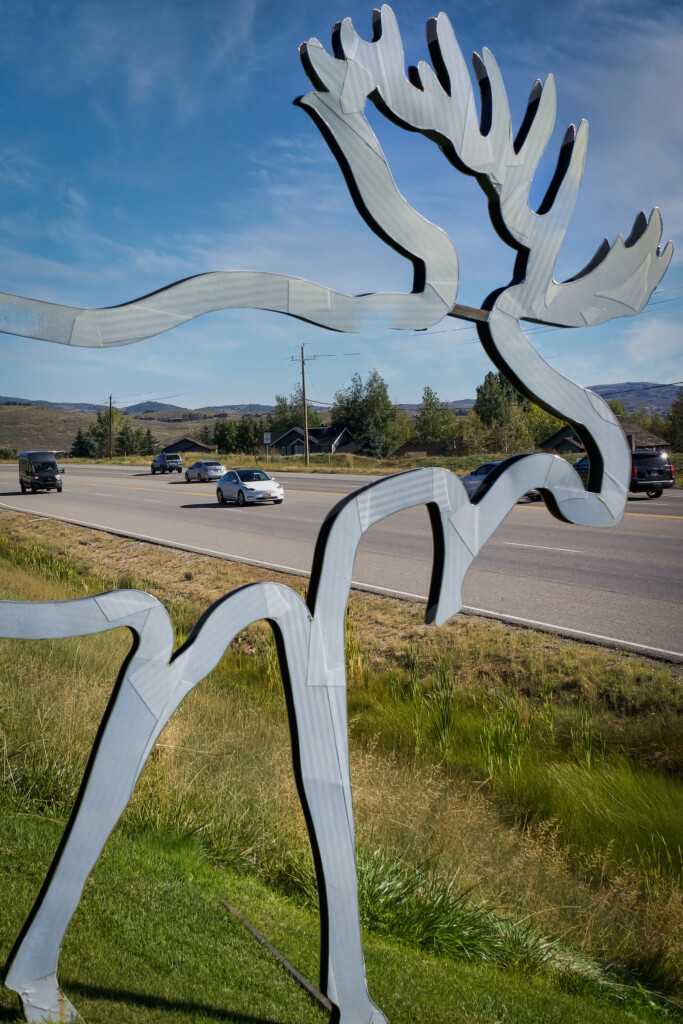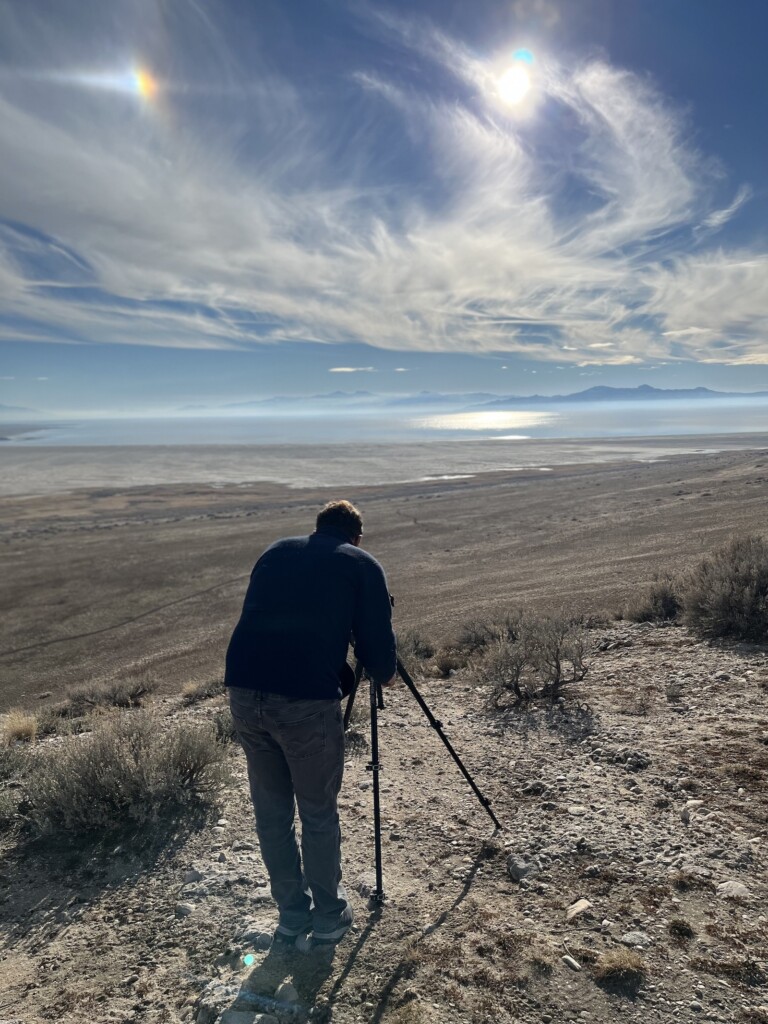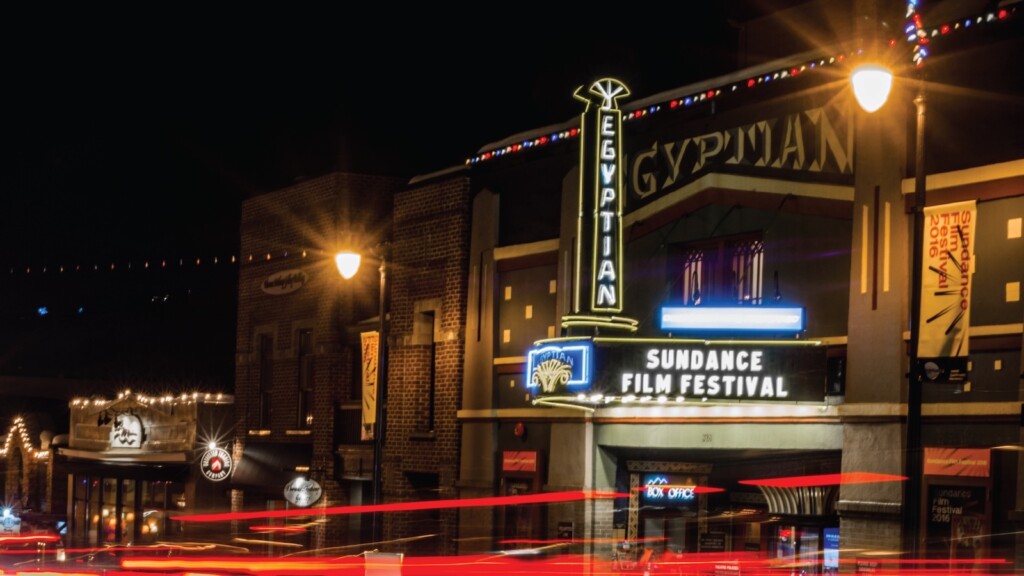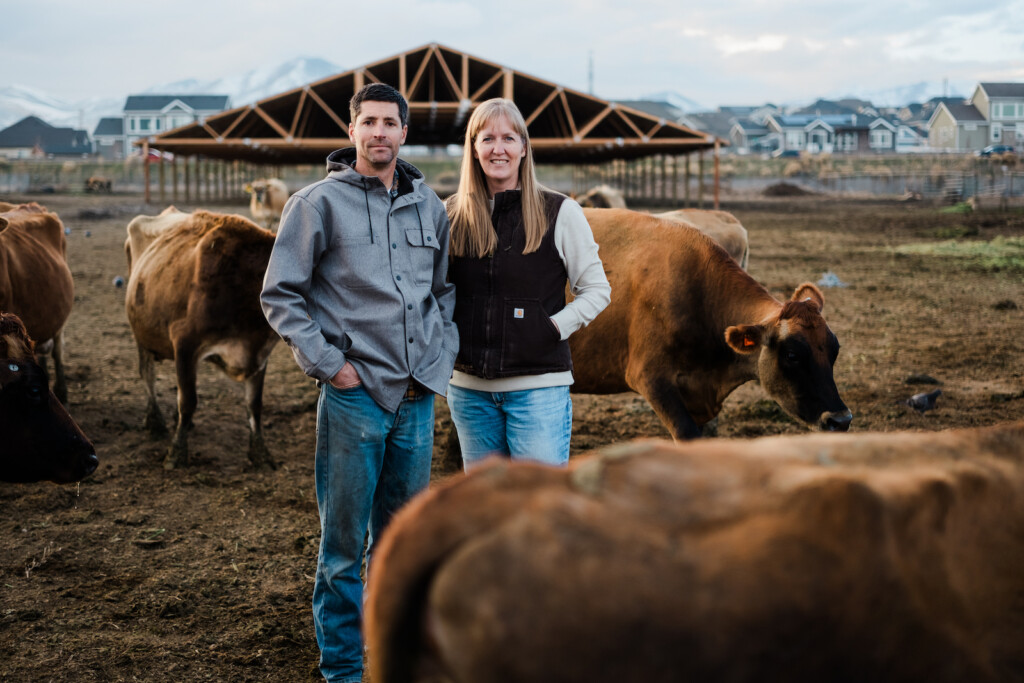PARK CITY – A 7.5-mile stretch of State Road 224 (SR 224) between Kimball Junction and Park City is slated for Bus Rapid Transit, a $67 million project to help move residents and tourists throughout the scenic resort area more efficiently. But widening the busy four-lane road is expected to further endanger wildlife that already struggle to survive.
According to a December 2019 report prepared for the Utah Department of Transportation, this portion of SR 224 ranks fifth on the state’s list of top 25 animal- and wildlife-crash hotspots.
Caroline Rodriquez, executive director of High Valley Transit in Summit County, said much of the BRT modifications will take place within the existing 100-foot-wide road – but paved bike and breakdown lanes will add six to 12 feet on either side.
The project website, SR224BRT.com, estimates a 24-month construction period to install roadway improvements, which Rodriguez expects will reach completion in early 2026.
The project received a Categorical Exclusion (CatEx) to determine its eligibility for federal transit funding – which the Federal Transit Administration defines as a “category of actions that, based on FTA’s experience with similar actions, do not involve significant environmental impacts.”
To Rodriguez, that translated to “no adverse impacts (to wildlife) requiring mitigation” under the federal guidelines.
But the 31-page CatEx worksheet acknowledged that “because the Project would widen the SR 224 roadway, the number of wildlife-vehicle collisions could increase.”
Faith Jolley, spokesperson for Utah’s Division of Wildlife, said they’re currently working with local groups and stakeholders to evaluate wildlife impacts and possible mitigation efforts along the route.
“This is a complex situation, and whenever there is increased urban sprawl in wildlife habitat areas, there are many factors to consider regarding the best solutions for the wildlife,” Jolley said by email.
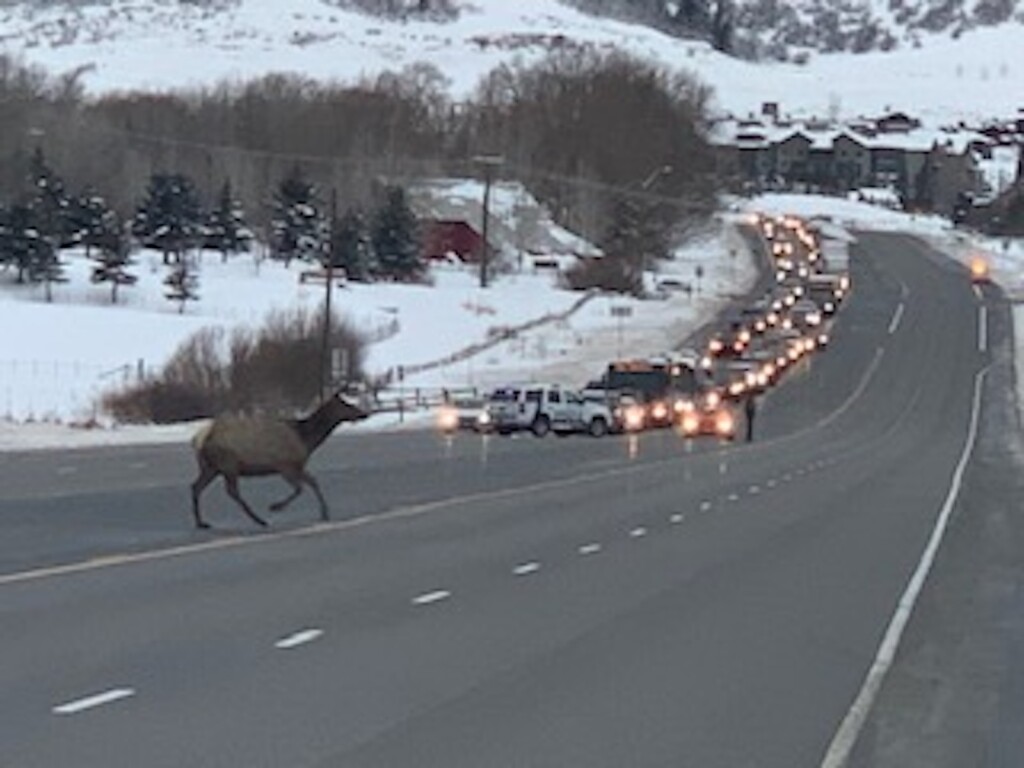
Fighting for wildlife
Erin Ferguson, president of Save People Save Wildlife, said the nonprofit hoped to help shape the SR 224 BRT project so that wildlife could traverse their habitat without colliding with cars.
“We’ve been trying for three years to get a seat at the table,” Feguson said. “They’ve effectively shut the door on us,”
In a recent interview, she voiced her concerns about the two-year construction phase: “If you have equipment out here doing the BRT lanes and widening the road … it’s already impermeable to wildlife. So it’s going to just be a slaughter.”
Ferguson had hoped that wildlife connectivity components – including an overpass or underpass crossing, fencing and cattle guards – could be included in the design process for SR 224 BRT. But so far that hasn’t happened.
“Animals are getting hit way too frequently on this highway. It’s not only a danger to them, it’s also a public safety concern,” Ferguson said, noting that SPSW members have repeatedly reached out to Summit County and Park City leaders, along with the major stakeholders – but to no avail.
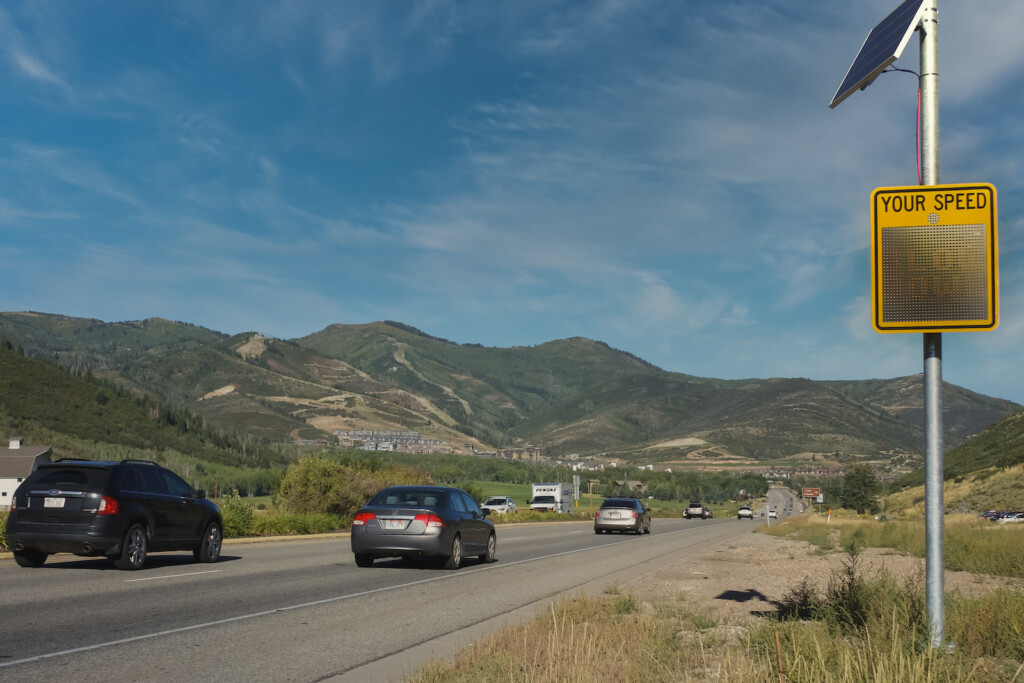
Prioritizing the work?
Kylar Sharp, Utah Department of Transportation Region 2 spokesperson, said they’re constantly seeking wildlife safety solutions.
“We put up wildlife fencing and Reduce Speed Limit signs in certain areas,” Sharp said. In addition, they’ve been meeting monthly with Save People Save Wildlife to discuss potential fixes.
Geoff Dupaix said his job as UDOT planning manager is both data-driven and fueled by community input.
Dupaix recently applied for a $14.5 million federal grant to help fund a $26.5 million project near Echo Reservoir and the junction of Interstates 80 and 84. He expects a response in early 2024.
The state already committed about $12 million toward the 21-mile Echo Junction project that includes three potential wildlife crossings, fencing and escape ramps between Peterson and Echo Junction.
Closer to SR 224 – Dupais said they’re installing more wildlife fencing along I-80 near Kimball Junction.
“It’s important to take a more holistic approach to identify those key (wildlife migration) areas,” Dupaix said. “The data shows that wildlife are more apt to cross the road at Echo Junction. That’s why we’re giving it more attention right now.”
But UDOT’s 2019 wildlife-vehicle collision report ranked the Echo Junction area 18th among the state’s top 25 highways for such crashes.
That report logged 2.97 wildlife-vehicle crashes per mile per year on the SR 224 stretch compared to 2.32 in the Echo Junction area.
Bureaucratic indifference
Park City and Summit County spokespeople said their elected officials participate in the SR 224 BRT process but not as major stakeholders. Their role has mainly been to listen and convey community concerns.
But discussions stalled between the city and Save People Save Wildlife as indicated by a January 2023 email from Park City Mayor Nann Worel, that the nonprofit’s suggestion to build a wildlife tunnel under SR 224 had been shelved because the “Council prefers to focus on other priorities” at this time.
Featured image by Shauna Hart for SPSW.

